Which industrial robots are the most common?
Industrial robots have undergone rapid development in recent years and are now an indispensable component in many industrial applications. There are various types of industrial robots, which differ in size, mobility and function.
Here are some of the most common types of industrial robots:
- Heavy-duty robots: this type of robot is used for heavy and complex tasks, such as handling large workpieces or assembling parts. They are usually stationary and have a high payload capacity.
- Articulated robots: articulated robots are mobile and can be moved in a variety of directions. They are often used for precision tasks such as assembling small parts or handling delicate materials.
- SCARA robots: SCARA stands for Selective Compliance Assembly Robot Arm and refers to a special type of robot designed for assembly and assembly activities. They have four joints and are particularly suitable for applications where precision and speed are required.
- Collaborating robots: collaborating robots are a newer type of robot designed for use in direct contact with human workers. They are capable of working safely with humans without the need for protective equipment.
- Mobile robots: mobile robots are self-propelled robots that can move freely within a given area. They are often used for transportation tasks such as moving goods within a factory or warehouse.
Each type of industrial robots has its own strengths and weaknesses, and it is important to select the right type of robot for a particular application. A thorough review of performance and functionality requirements can help find the right industrial robot for your needs.
Do you need high-quality spare parts for your industrial robotics? Here you will find an overview of our product catalog.




